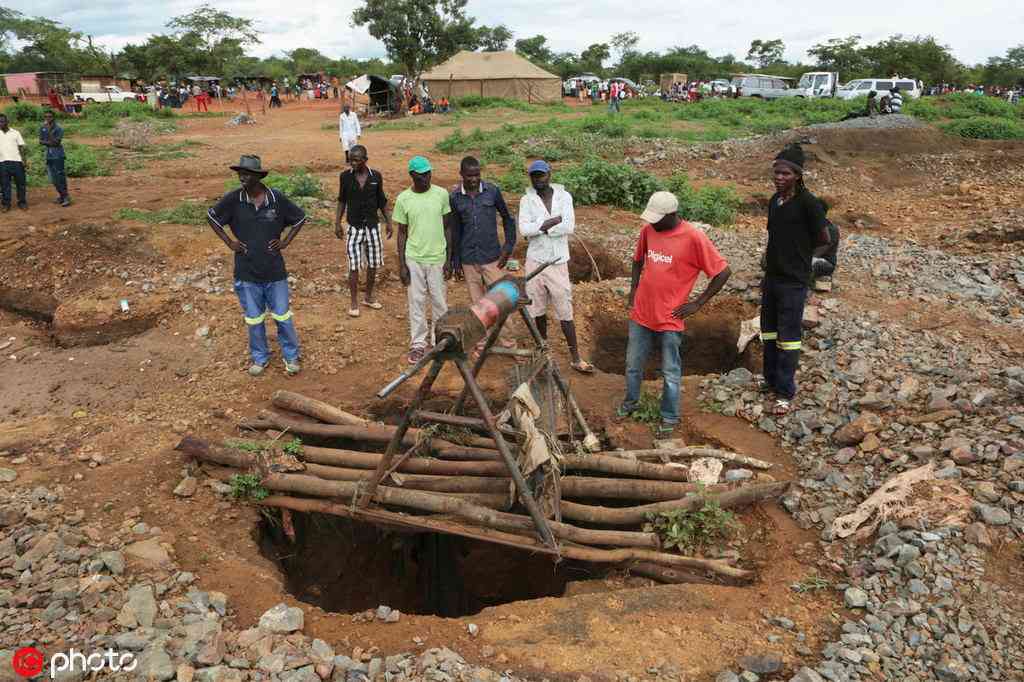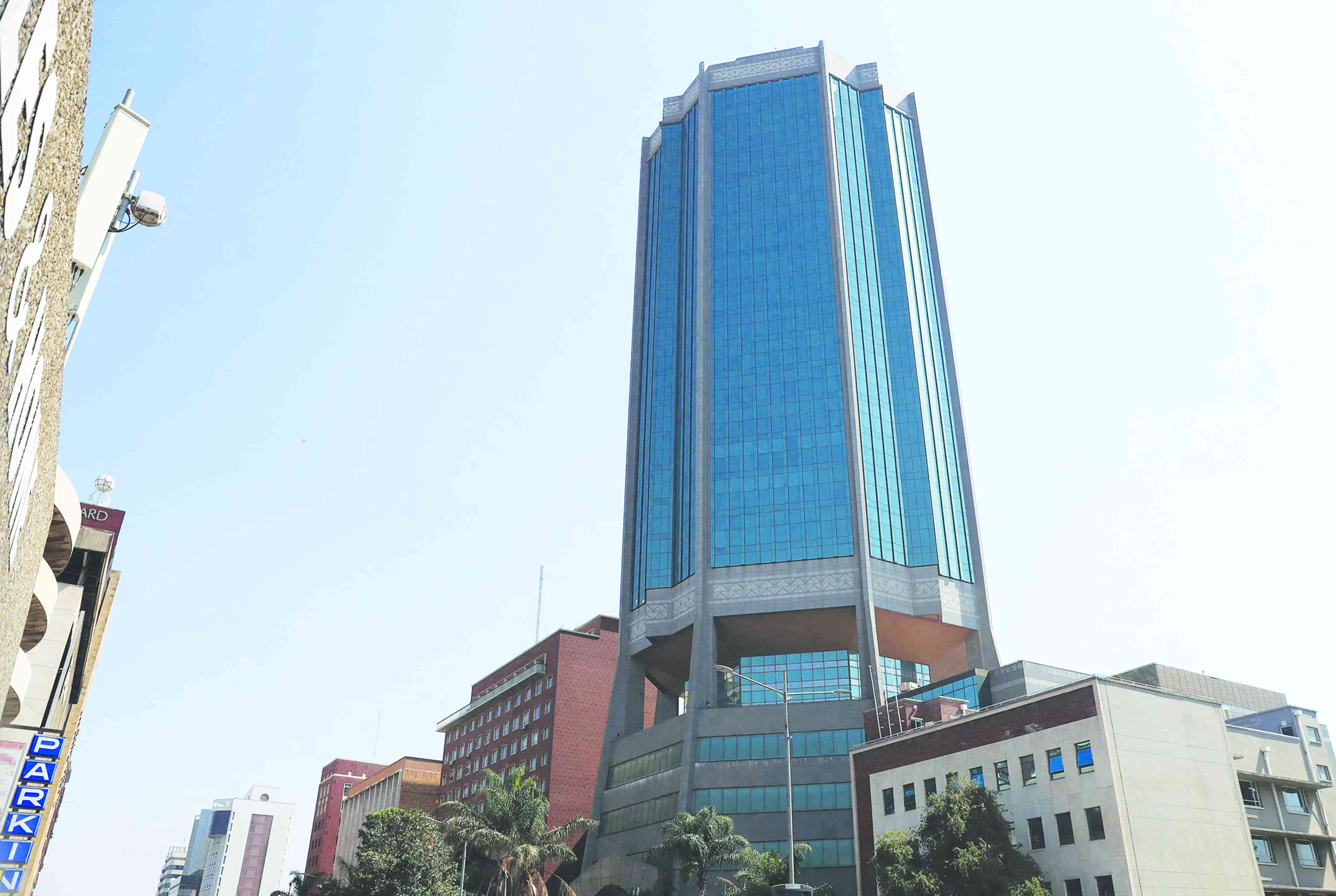
A haze of dusty fumes swirls, encircling the horizon of the little town of Hwange, casting an eerie pall over its landscape. Whether you are an adult nestled at home or a child frolicking on the playground, a quick glance upwards serves as an instant reminder that you are situated in a mining town.
The air is punctuated by a plume of smoke. In the schools of Hwange, dust particles settle atop tables, chairs, and even classroom floors. This airborne dust becomes an everyday companion for children, women, youths, and the elderly, shaping the very air they breathe in this community.
Pneumoconiosis means dusty lung and any disease that affects the respiratory organs due to the inhalation of mineral dust. Pneumoconiosis cannot be cured. It can also cause impairment, disability, and premature death. According to a study done in the United States, pneumoconiosis was the contributing cause of death for a total of 75 178 miners between 1970-2016.
In Zimbabwe, miners have legal provisions that protect them against such diseases even when they get infected. The Pneumoconiosis Act of 1971, the Labour Act, and the National Social Security Authority (Nssa) (Accident Prevention) (Workers’ Compensation Scheme) Notice No. 68 of 1990 are amongst these provisions.
Moreover, mining is an inherently invasive process, requiring the disruption of the natural environment and the traditional way of life for the people in the affected area. Extensive research indicates that mining activities can significantly impact the health and well-being of the local communities, with profound consequences of this industry on both the environment and the community it operates within.
A study in India concluded that people living in mining towns are at a higher risk of diseases than those who do not, with the risk going up to triple times more in some cases. While the legal provisions above are commendable for workers’ rights, the deafening silence for the same protection on residents living in mining towns is problematic as they are exposed to these and other diseases as well.
For instance, in Zimbabwe, residents of towns such as Hwange and Zvishavane, famous for their mining activities, are victims of outbreaks of tuberculosis and malaria.
Dirty or ambient air pollutants cause tuberculosis, while mining pits breed infectious mosquitoes. In 2014, Zvishavane battled with an outbreak of tuberculosis, which left many dead. A deep look into the history of the town reveals that tuberculosis outbreaks are common and that in a space of three years, 2 152 villagers were infected.
- Poaching syndicates trap vulnerable villagers
- Power cuts spur Zimbabwe’s green energy revolution
- Power crisis needs practical solutions
- Youth candidates debate manifestos on social media
Keep Reading
The prevalence of health challenges in mining communities extends beyond respiratory diseases and malaria. A cursory Google search reveals that provinces like Matabeleland South rank among the highest in HIV cases nationwide.
This alarming statistic reflects the harsh reality of widespread poverty, which drives vulnerable girls and women into sex work as a means of survival.
Despite mining companies generating millions of United States dollars annually, the benefits often fail to reach those most in need.
This disparity highlights systemic issues, such as inadequate social support systems, lack of education opportunities, and limited economic empowerment for marginalised groups. As a result, the cycle of poverty persists, forcing individuals into desperate situations that further exacerbate health risks and social challenges.
Despite the significant contribution of the mining sector to the national economy, accounting for over 60% of the country's foreign currency earnings and approximately 13% of the gross domestic product, mining communities remain ensnared by disease and entrenched poverty.
This stark reality is underscored by the absence of essential infrastructure within these communities, including inadequate roads and clinics
Like the Democratic Republic of Congo and Ghana, Zimbabwe has long been suffering from persistent resource curse.
Rather than reaping the benefits of the abundant resources in their own backyards, mining communities find themselves plunged deeper into poverty.
It is imperative that the substantial figures of mineral export receipts translate into tangible socio-economic development for these marginalised areas.
The discrepancy between the wealth generated by mineral exports and the persistent poverty within mining communities underscores the urgent need for transformative change.
It is no longer acceptable for vast sums of money to flow out of these regions without bringing meaningful development for the local communities.
The government and mining companies must prioritise the socio-economic well-being of these communities by investing in infrastructure, education, healthcare, and other essential services.
Transparent governance and inclusive decision-making processes are essential to ensure that mining revenues are effectively utilised to uplift the lives of those most affected by extraction activities.
The Environmental, Social and Governance reports of of mining companies should be centered more on how they are mitigating and compensating for health and medical problems being experienced by mining communities.
Thus, mining companies should cater for the health of their employees as well as the communities bearing the brunt, often disastrous effects of mining. The ninth parliament ended before passing the Mines and Minerals Amendment Bill, which was a great tragedy .
Now, government must work to protect its citizens living in mining communities by enacting a sustainably just corporate social responsibility framework that will ensure the citizens themselves are able to cushion themselves against the devastating effects of mining on their environment, their health or their well-being.
Mining activities often inflict devastating consequences on the residents, who live in close proximity to them. In the context of national aspirations towards achieving an upper middle-class economy by 2030, it is imperative to recognise that this goal can only be effectively realised with a focus on good health, a motivated workforce, unity, and social justice for all.
While economic growth is crucial, it must not come at the expense of the well-being and dignity of local communities. Upholding human rights, protecting the environment, and promoting social justice are essential for sustainable development.
- Kombora is a journalist who specialises in women leadership and politics in Africa. She is also a Friedrich Naumann Foundation Womentorship fellow.











